Quality secret What tests do sensors undergo before shipment?
As one of the large-scale enterprises with a large number of product invention patents and independent scientific research capabilities in the domestic sensing industry,PHOSKEY has always been committed to providing high-quality, safe and reliable sensing products, and always regard product quality and quality control as the lifeline of the enterprise.
From the supply chain of material source, procurement, product R&D, quality inspection and quality control management, from the procurement of raw materials to the control of production process, to the inspection of finished products, the concept of high quality and sustainability has been permeated into every link of the supply chain, and integrated into the brand gene of Photonics.
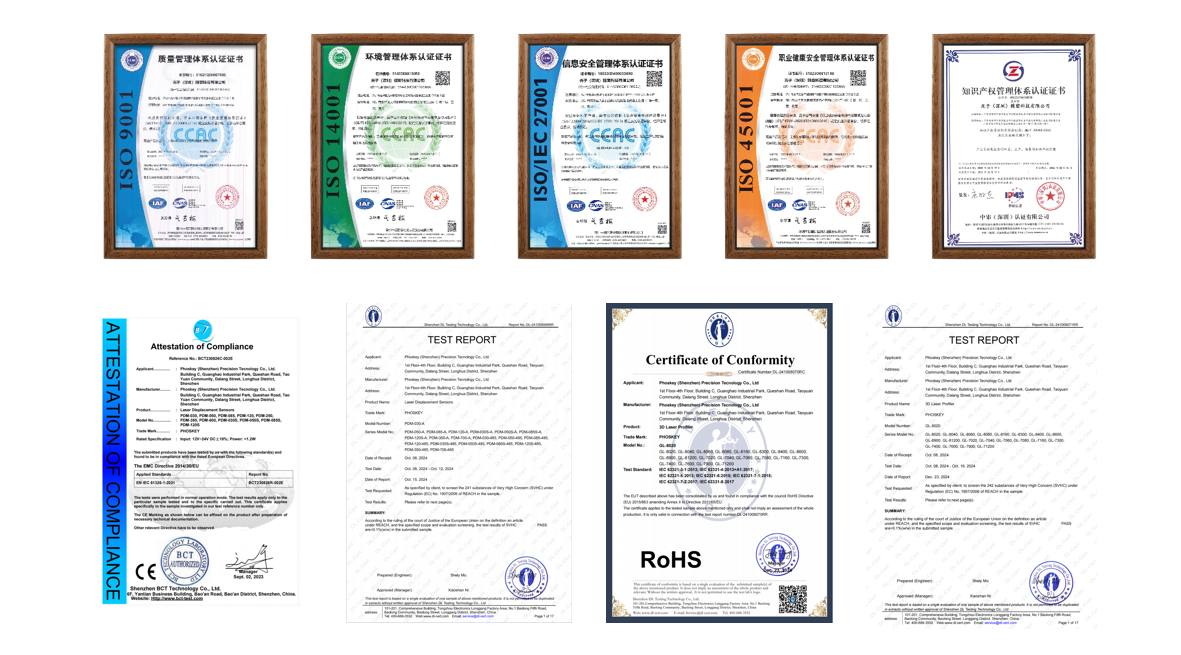
Multi-layer quality control is the core of good product quality
As an industrial product with high precision and high requirements for environmental adaptability, any minor defect may have a significant impact on the performance and stability of the product.
Therefore, PHOSKEY can comprehensively evaluate the performance of the product under various conditions through advanced equipment such as constant temperature and humidity test chamber, cold and hot shock chamber, surge tester and vibration tester to ensure the reliability and stability of the product.
The test items mainly include the following types:
Climatic environment test
The main purpose of climate environment test is to verify the performance of the sensor under various climate conditions, including the impact of temperature, humidity, wind speed, air pressure and other environmental factors. These tests help improve the reliability and adaptability of the sensor and ensure that it can provide accurate data support in the actual application.
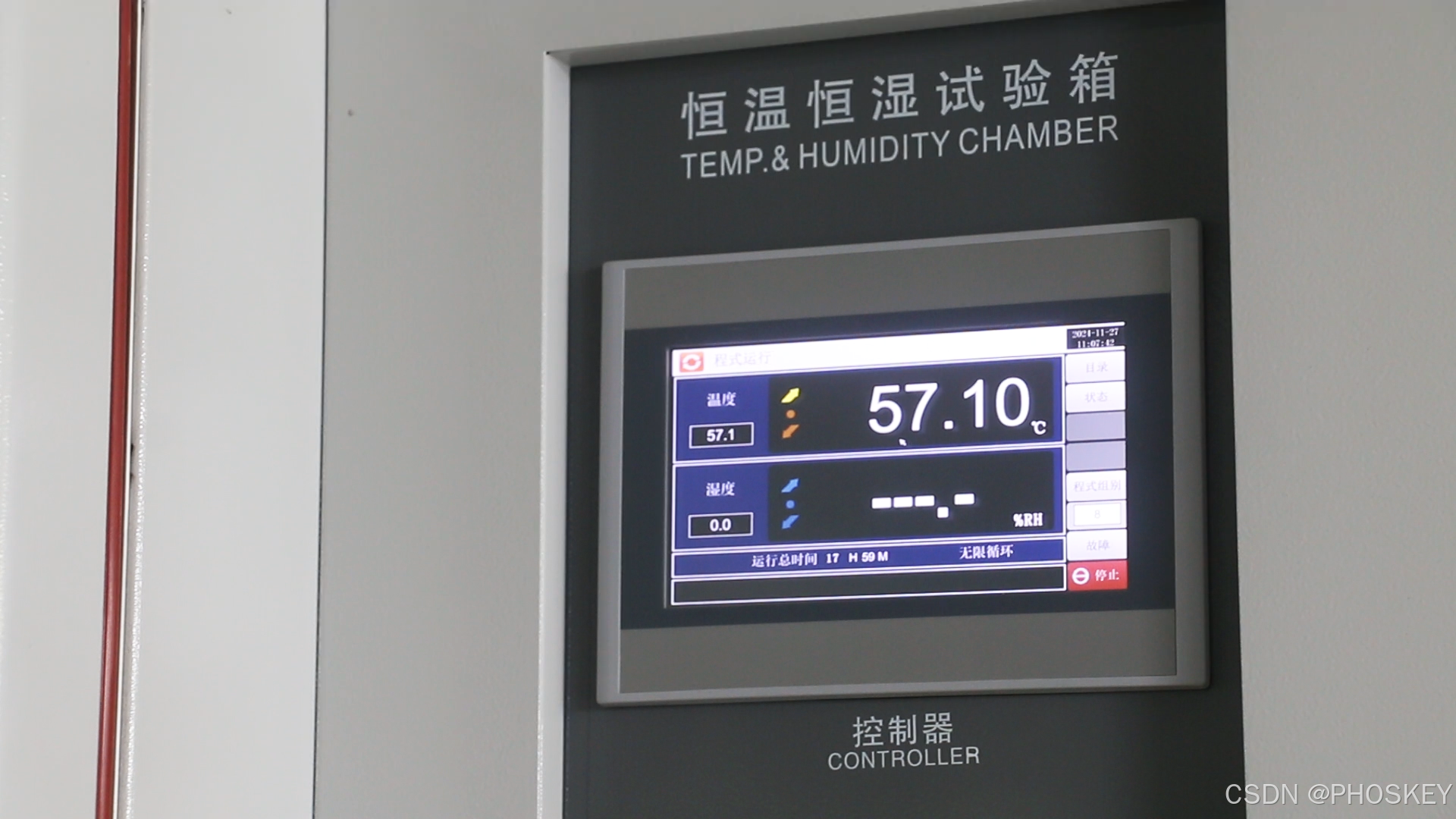
01 hot test
High-temperature test is a test conducted by exposing the sample to high temperature and dry environment, and its purpose is to determine the adaptability of equipment to storage and operation under high temperature.
02 Low temperature test
It is used to test the function and cold resistance of the product under low temperature.
03 Temperature and humidity cycle test
The temperature and humidity cycle test is a common environmental test used to test the durability and reliability of products under different temperature and humidity conditions.
04 Thermal Shock Test
It is an indispensable test in the appraisal test of equipment design finalization and the routine test in the batch production stage to assess the adaptability of the product to the sharp change of ambient temperature.
05 Low air pressure test
It is used to determine the adaptability of components, equipment or other products to low pressure environment during storage, transportation and use.
06 Light Aging Test
By simulating the solar radiation, the aging condition of the material under the simulated realistic conditions of light, heat, oxygen, ozone and other factors is investigated to realize the purpose of quickly evaluating the aging performance of the material.
07 Dust test
Place the sensor in the dust chamber and simulate the dust environment by pumping negative pressure. Check the sensor for dust ingress after a certain period of time.
Emc testing
The main purpose of electromagnetic compatibility test is to evaluate whether the equipment can operate normally in electromagnetic environment without causing unacceptable electromagnetic interference to other equipment. It is used to verify the performance and safety of equipment in electromagnetic environment.
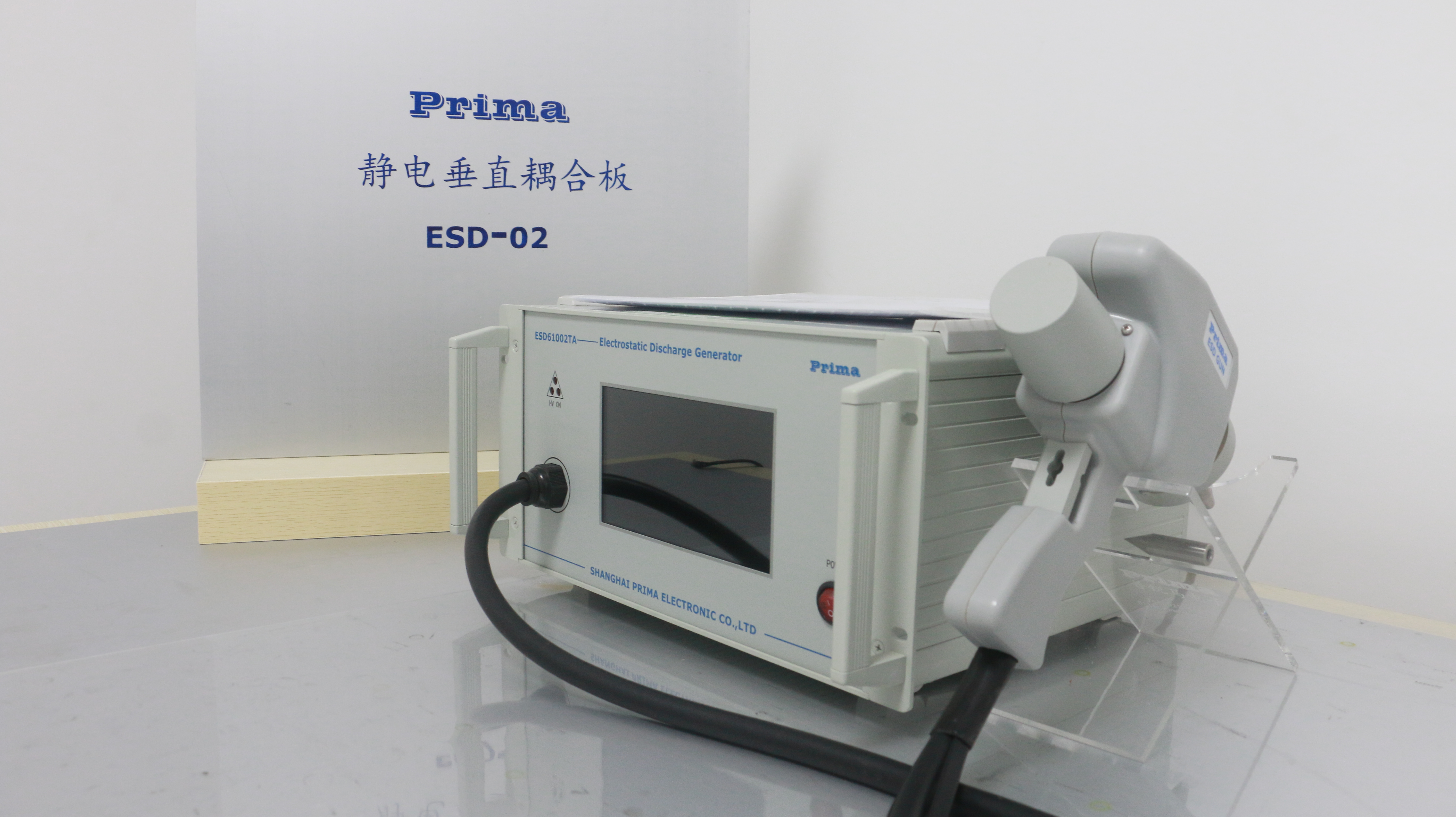
01 Burst test
By applying a series of fast changing voltage pulses to the sensor, verify that the sensor will not malfunction or fail in the case of inductive load switching, relay contact bounce or high voltage switch switching.
02 surge test
Verify that the sensor can work properly under surge voltage without damage or abnormal function.
03 Static electricity test
It refers to the electrostatic discharge phenomenon that may occur when the human body or object contacts the equipment to evaluate the anti-static interference ability of the equipment.
Mechanical environment test
Evaluate the reliability and performance stability of the sensor in operation by simulating mechanical effects (such as vibration, impact, collision, drop, etc.).
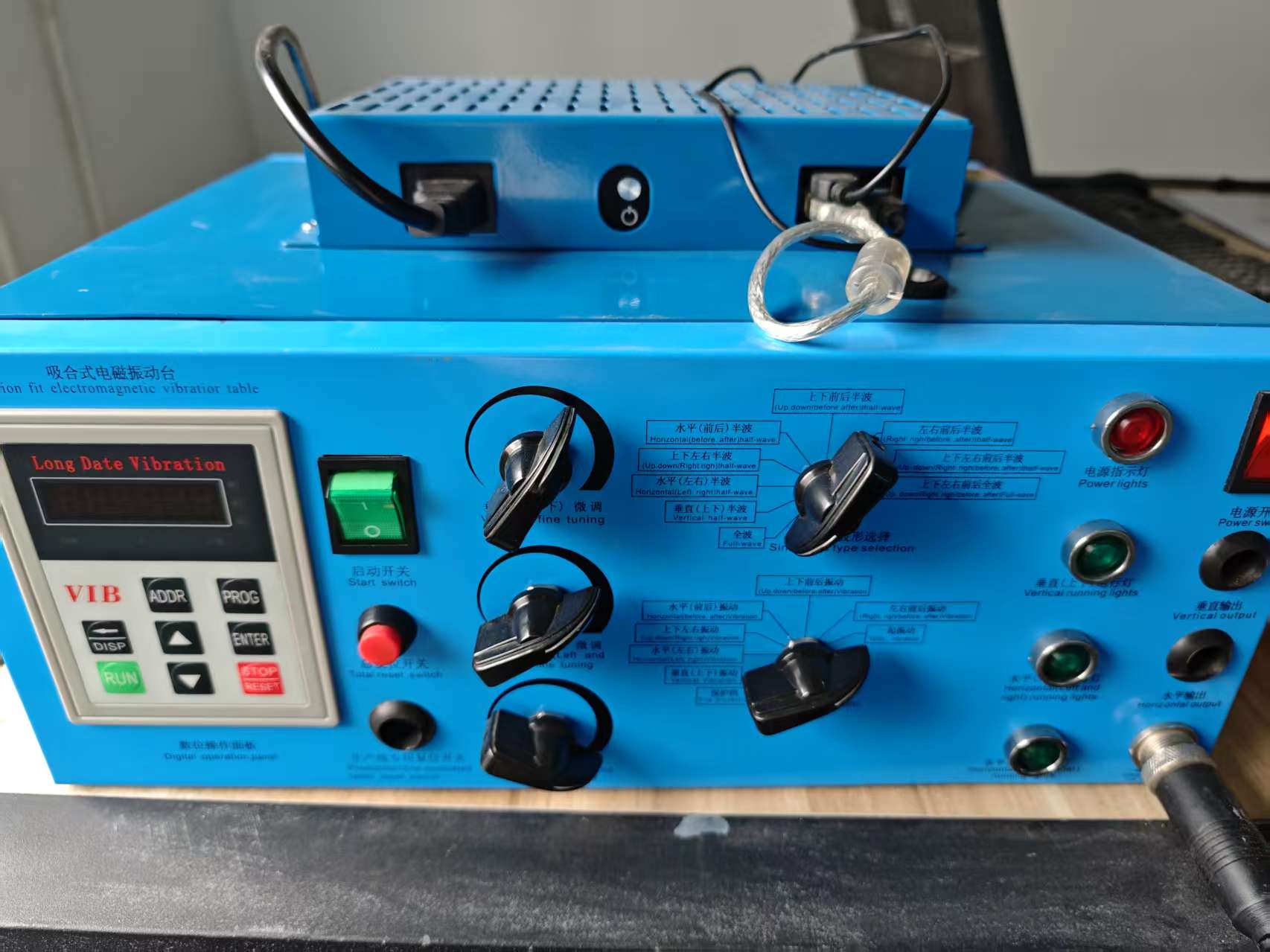
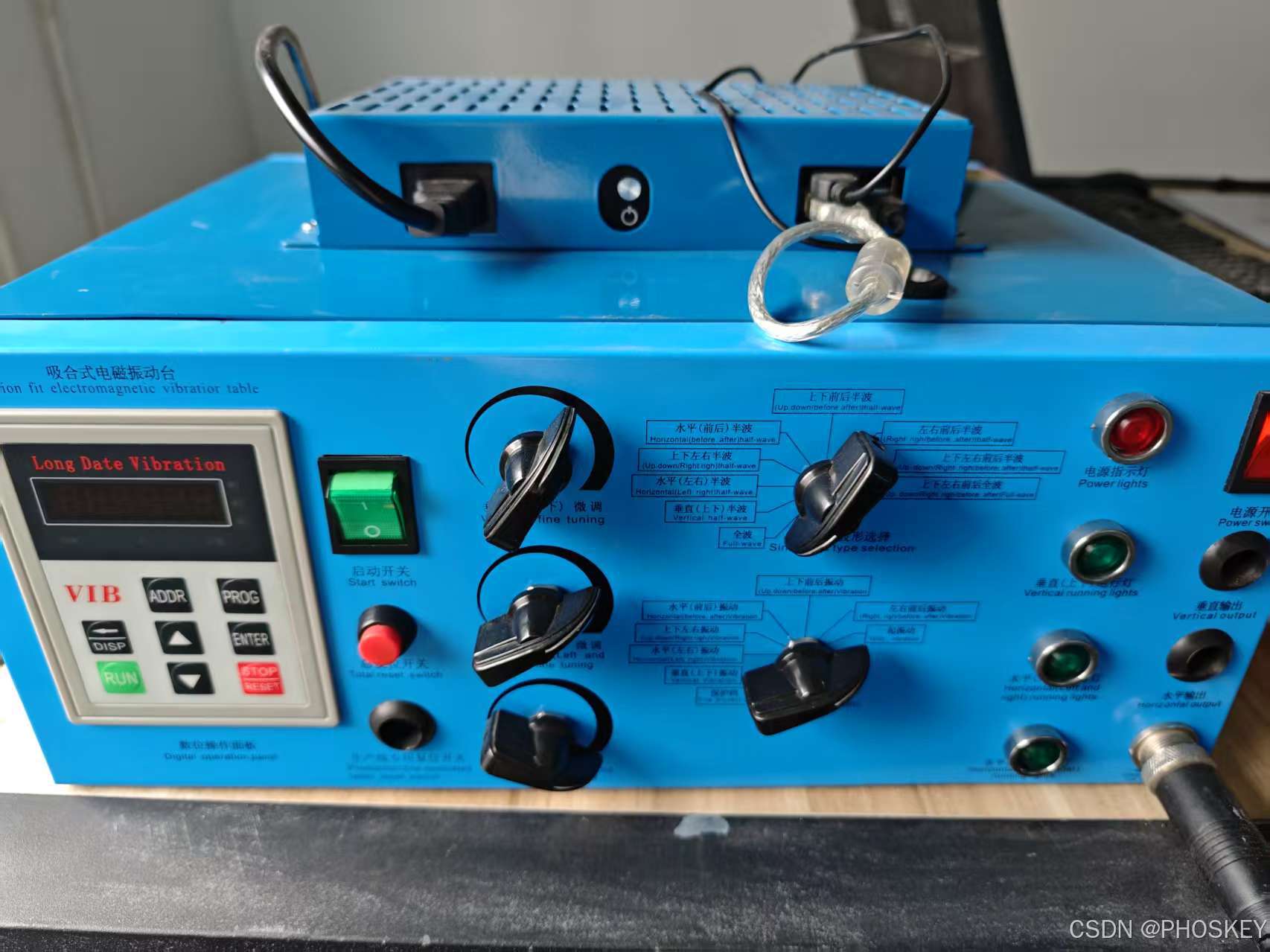
01 Vibration test
It simulates the impact of various vibration environment on the product during transportation, installation and use to determine whether the product can withstand various environmental vibration.
02 Impact test
The ability of the product to withstand a sudden mechanical impact is assessed by applying a sharp impact force, either momentarily or for a short period of time.
03 Drop Test
Simulate the possible free drop of the product during handling and examine the product's ability to resist accidental impact.
Durability test
Durability test refers to the long-term use test of the product by simulating the actual use conditions to evaluate its life and stability under repeated operation.
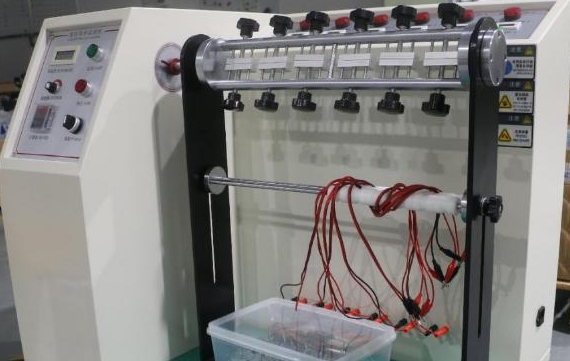
01 Wire bending test
Simulate the bending conditions in the mechanical environment and evaluate the mechanical properties of the wire through repeated bending.
02 Response speed check
Evaluate the sensor's ability to react under different conditions, including its response time to environmental changes or external stimuli.
03 On-critical life test
Simulate the long-term use of product keys by consumers, and evaluate the reliability and durability of keys in long-term use.
Make Your Choice of Rest assured
Photon knows well that quality and safety are the lifeline of the product and the cornerstone of brand reputation.
In the future, Photonics will always adhere to strict quality control standards and protect product quality with practical actions.
